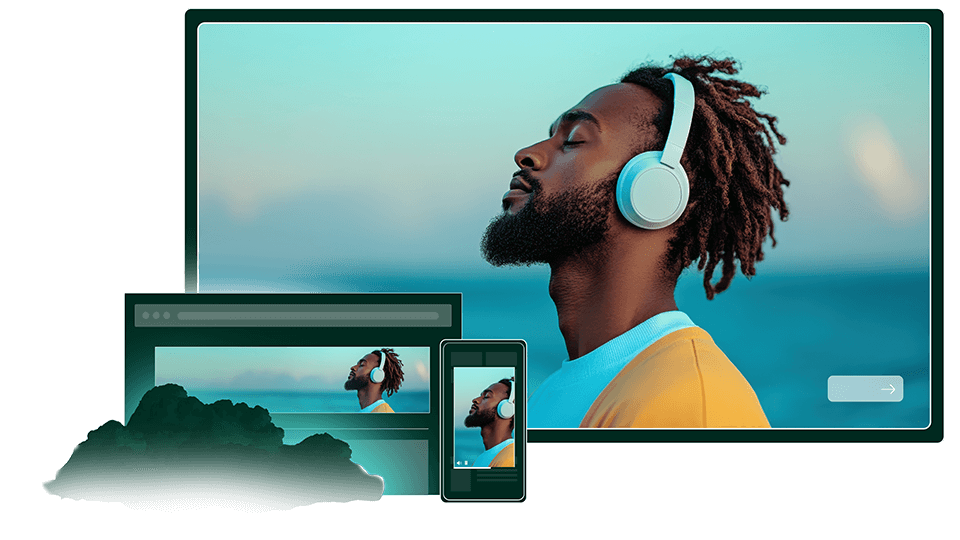Problems with frequency allocation
Monday-morning quarterbacking is wonderful. It makes it easy for us to see the holes we have dug for ourselves in designing communications systems, especially broadcasting systems.
Join the band
In the 1920s, radio designers grappled with ways to broadcast signals on the medium-wave band. The frequency limitations of the vacuum tubes available during that period restricted radio operation to that band.
Spectrum allocation during television's evolution was also limited to certain frequencies. The lower bands didn't have the required bandwidth. But, during WWII, developments in tank-to-tank communications on the VHF band produced devices that could serve VHF television.
FM radio broadcast, naturally, was slotted in the next space above the TV services. And, as emergency service and aeronautical needs evolved, they were put at frequencies higher again. Need more television bandwidth? Just slap it in a higher slot by filling out the rest of the VHF bands and reaching into UHF.
So, in 80 years, we managed to fill up the first gigahertz of available spectrum. We were able to slot some point-to-point radio systems in there as well and, of course, legacy analog cellular services.
That's a do-over
The professional video industry's #1 source for news, trends and product and tech information. Sign up below.
Here's where the Monday-morning quarterbacking comes in. If you were given the job of spectrum czar, what would you have done differently? First, you probably would have given more consideration to the user than the service provider. In broadcasting, we have always been concerned with putting complexity in the transmitter to make the receivers simpler. But we never thought about where the receiver was.
The vast majority of people watch television in a fixed location (home, office, hospital, etc.). Radio listeners are probably split about half-and-half between listening at a fixed location and listening on a mobile receiver. This justifies a terrestrial radio system that does not employ an onerous amount of spectrum. It's quite possible that the fairly useless medium-wave band, with its restrictive night operations that allow very few all-day, every-day services, would never be started today. Conversely, it's likely that the FM band would be extended down another 20MHz to make room for the many programmers who want and deserve spectrum.
With TV, we know where the majority of viewers are. Why would we provide them with a terrestrial broadcast system that is more suited for mobile applications? If we started again today, we would reserve that spectrum for mobile applications, and feed fixed locations with much higher bandwidth copper cable or fiber. We would probably not offer satellite service, simply because it would be better to reserve that spectrum for more important things. As for transient viewers, we would equip any place that an RV or truck can park with a high-bandwidth spigot. That way, public-service mobile communications could use the existing TV bands. It would relieve those public services from the problems stemming from cellular systems and from insufficient channel allocations for dire emergencies. Witness the utter overload and inter-channel confusion in New York City on Sept. 11.
Obstacles
Just getting the mostly VHF analog channel allocations back from the broadcasters would help dramatically, but the date for that has been shot down again. Senator John McCain was plying a bill that would end analog broadcasting in 2009. NAB pressure killed it. We are now back to the 85 percent digital coverage rule that will push the changeover dates to at least 2011 and, in some communities, to 2020. And worse things are looming. An amendment to McCain's “Save Lives Act” added by Senator Conrad Burns threatens to allow broadcasters to not have to return the spectrum at all. This is bad for the communities that broadcasters serve. It also inhibits technological progress, which is bad for the viewers, the broadcasters and the industry.
Pay it back
Broadcasting, of which I have been a part for many, many years, has had a free ride with spectrum for 80 years. It's time we stop and take a look at the road behind and the road ahead. This is the right time to be grateful for the ride and to give something back.
Paul McGoldrick is an industry consultant based on the West Coast.
Send questions and comments to:paul_mcgoldrick@primediabusiness.com
